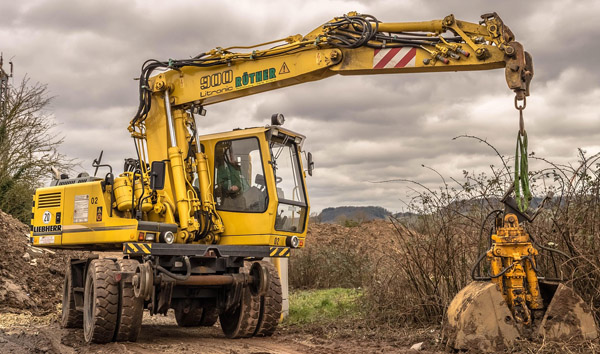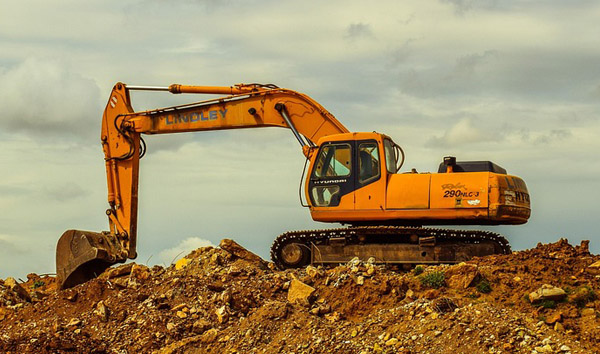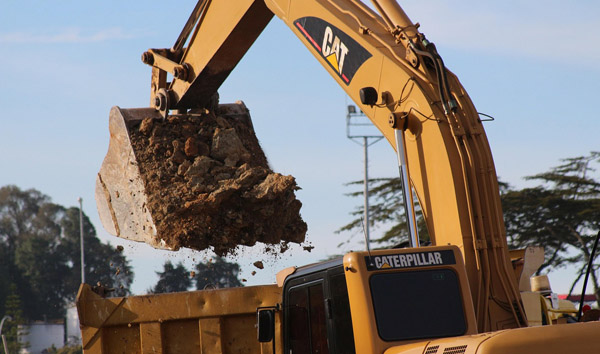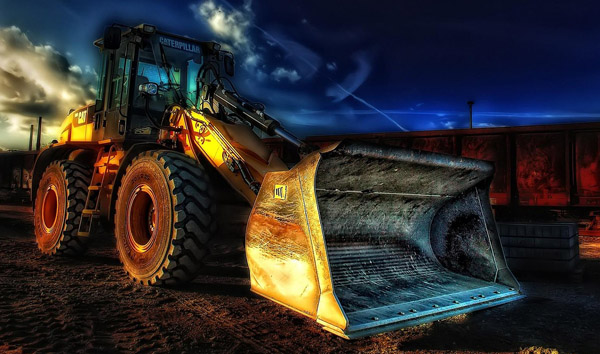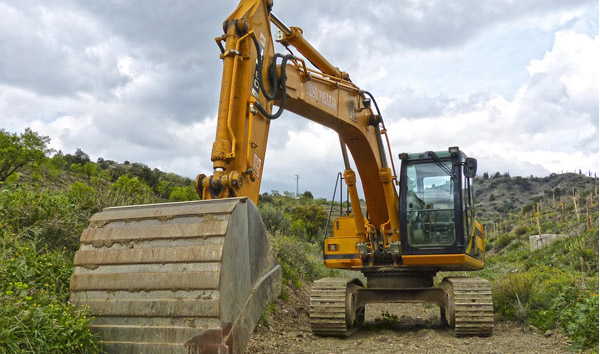Navigating the Rugged Terrain: A Deep Dive into All-Terrain Forklift Specifications
2025-07-26 05:20:32
All-terrain forklifts are engineered to handle uneven, rough, and unstable surfaces, making them indispensable in construction, agriculture, and logistics. One of the most critical specifications is their load capacity, which typically ranges from 3,000 to 10,000 kg, depending on the model. These machines are equipped with robust tires—often pneumatic or solid—that provide superior traction on mud, gravel, and sand. Additionally, their ground clearance, usually between 250 mm and 400 mm, ensures minimal obstruction when navigating obstacles. The inclusion of four-wheel drive (4WD) systems further enhances stability and power distribution, making them ideal for off-road applications.
Another key specification is the engine power, which directly impacts performance in demanding conditions. Most all-terrain forklifts feature diesel engines with outputs ranging from 50 to 120 horsepower, ensuring sufficient torque for heavy lifting on inclines. Some advanced models incorporate hybrid or electric powertrains to meet emission regulations without compromising power. The lifting height, another crucial metric, varies between 3 and 7 meters, allowing operators to handle materials at different elevations. Hydraulic systems with precision controls enable smooth load handling, even on uneven terrain, reducing the risk of accidents.
Maneuverability is a defining feature of all-terrain forklifts, with specifications like turning radius and steering mechanisms playing a pivotal role. Many models boast a tight turning radius of 3 to 5 meters, facilitated by articulated or crab steering options. This flexibility is vital in confined job sites where space is limited. Furthermore, the inclusion of advanced suspension systems minimizes operator fatigue by absorbing shocks from rough terrain. Safety features such as rollover protection structures (ROPS) and load moment indicators (LMIs) are standard, ensuring compliance with OSHA and ISO standards.
Durability is another critical factor, with manufacturers using high-strength steel and reinforced chassis to withstand harsh environments. Corrosion-resistant coatings protect components from moisture and chemicals, extending the machine’s lifespan. Maintenance intervals are also optimized, with easy-access service points for hydraulic fluids, filters, and engine components. Telematics systems are increasingly integrated, providing real-time diagnostics and performance tracking to minimize downtime. These specifications collectively ensure that all-terrain forklifts deliver reliability in the most challenging conditions.
Industry data reveals a growing demand for all-terrain forklifts, driven by infrastructure projects and warehouse expansions in remote locations. According to a 2023 market report, the global all-terrain forklift segment is projected to grow at a CAGR of 6.2% through 2030. Innovations such as autonomous operation and AI-assisted load management are set to redefine their capabilities. By understanding these specifications, businesses can select the right all-terrain forklift to maximize productivity while adhering to safety and environmental standards.




